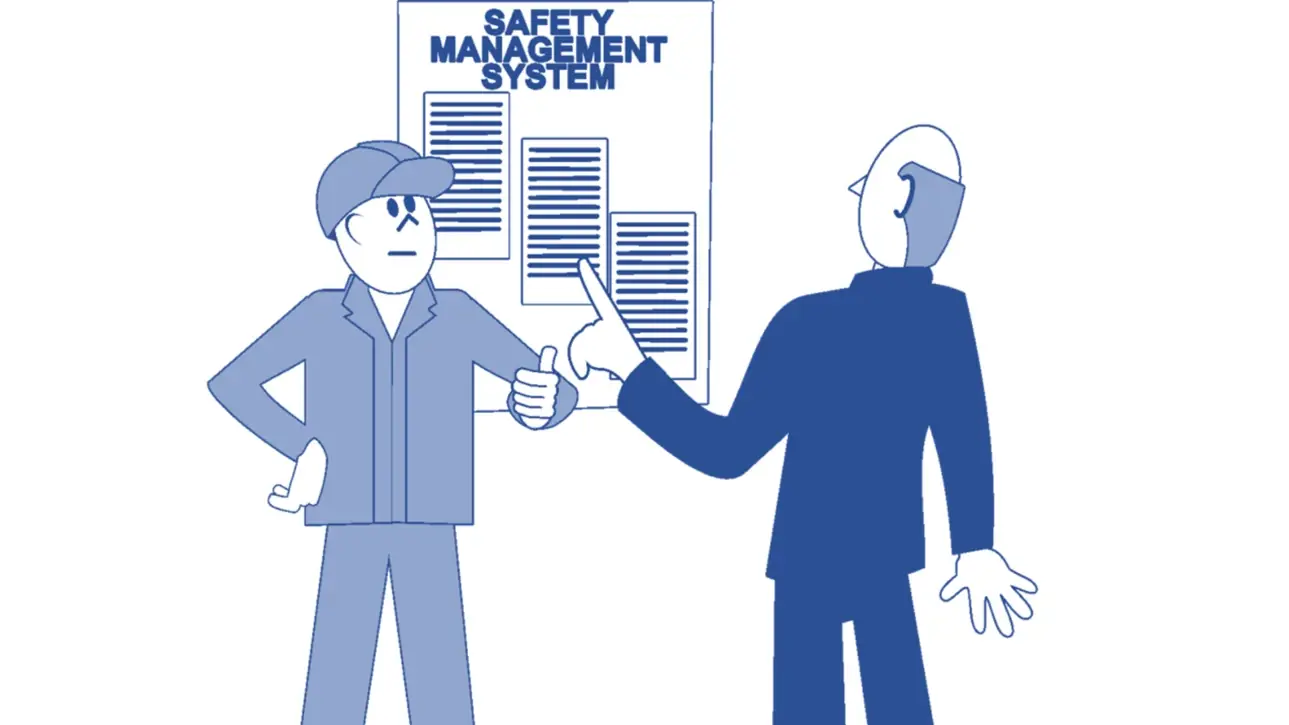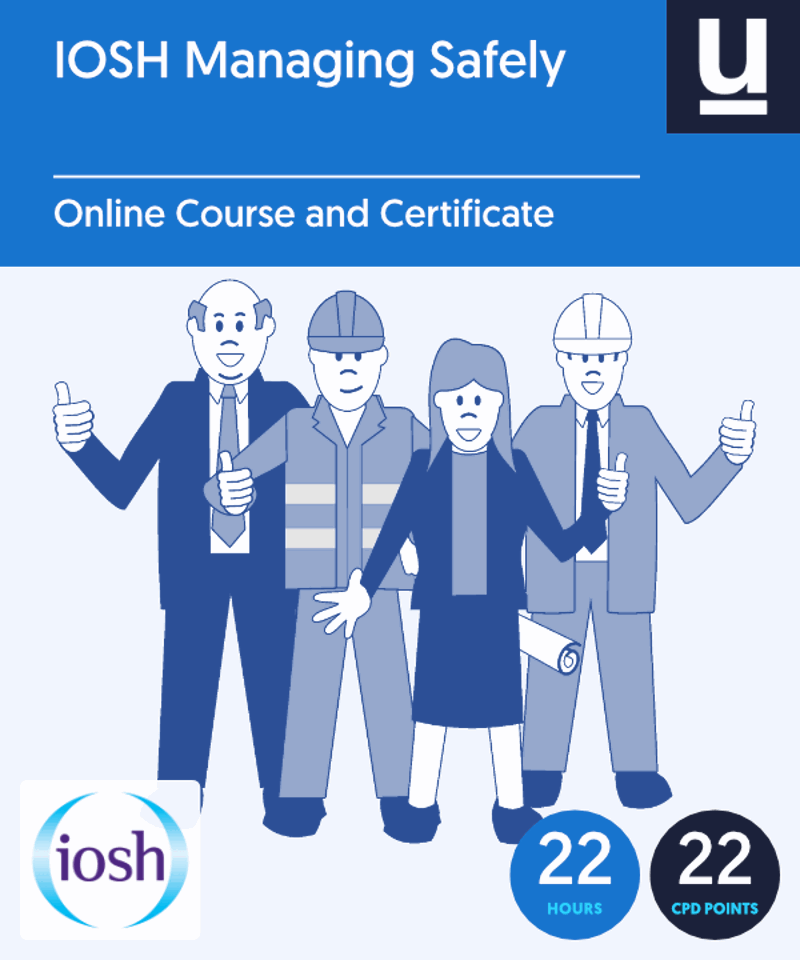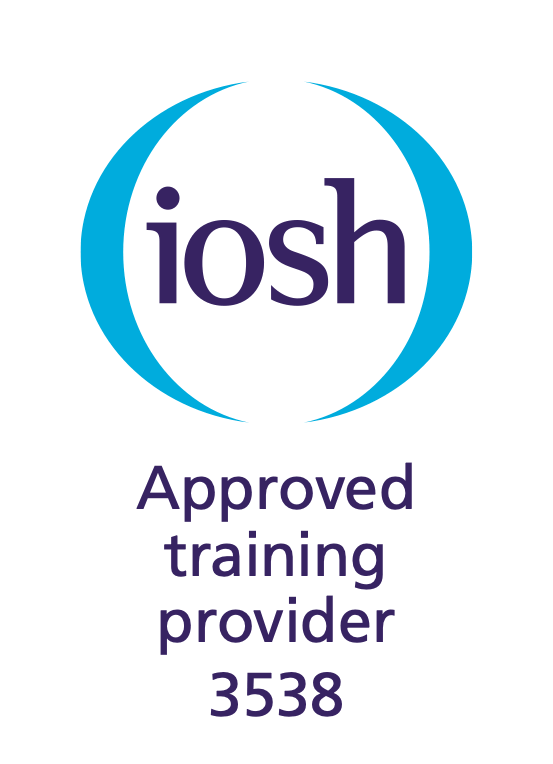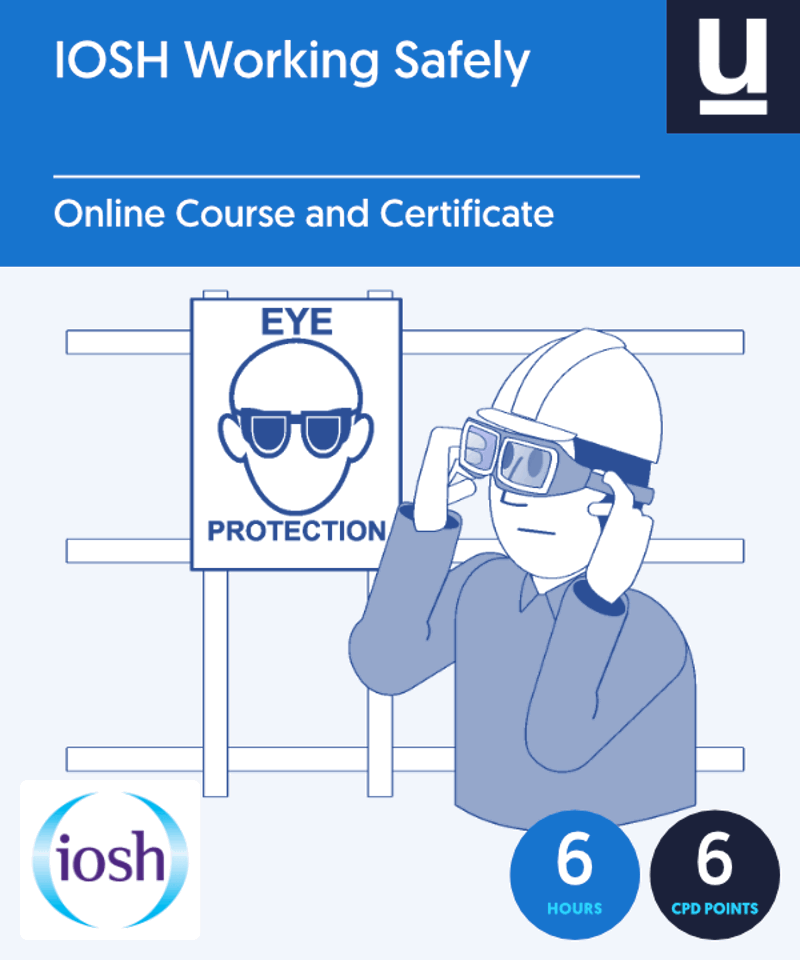KPIs & IOSH: An overview
One of the least talked about aspects of health and safety in the workplace are key performance indicators (KPIs) that should be used by Health and Safety Teams as measurable values that can be used to track and determine the progress that has been made on the specific objectives of the health and safety teams. In simple terms, this type of KPI basically acts as a review of health and safety performance.
In truth, not many companies will have thought about creating KPIs for Health and Safety. You may think your company has no need, especially if your business is considered a 'low risk' market sector, such as marketing or IT.
However, it is essential you understand that KPIs for Health & Safety are not just for assessing workplace accidents which is only the 'Safety Metrics' part. The 'Health Metrics' bit of the equation is equally important, and is definitely applicable, irrespective of whether or not you are involved in marketing or manufacturing. a manufacturer or a marketer!
Ten of the best key performance indicators
We have chosen what we consider to be ten to be the most effective KPIs relative to Health and Safety. Of course, there are plenty more, and it may be the case that your company may have alternative needs, but this list will hopefully give you some strong guidance and understanding as to how effective KPIs can be. In addition, you will find further information on KPIs in our course on IOSH Managing Safely
Examples of Safety KPIs
Safety KPIs are measurable values that health and safety teams use to track and assess their progress on individually identified business objectives. These KPIs will basically act as a means for a safety performance review.
Safety metrics in the workplace
Health and Safety KPIs: The Number of Reported Incidents and Accidents
This ‘lagging metric’ is relatively straightforward and obvious, as it provides a high-level benchmark by which it is easy to see if safety within a company is improving or getting worse.
In addition to monitoring the number of accidents/incidents, you'll probably also want to convert this number to a ratio per employee - i.e., 0.003 accidents per employee. This KPI can be particularly useful to use in times of change, whether it be a merger, an updating of plant or machinery, or a change in working practices. These are often times when health and safety risks are increased.
Health and Safety KPIs: Frequency of Lost Time Through Injury
Similar to the KPI for the number of accidents per number of employees, the KPI for lost man hours through injuries sustained at work can be equally and immediately revealing. You could perhaps label this KPI FLTTI. It is important to understand that the number of hours lost is not the key issue here, it is the fact that there has been any accident where injury to an employee has been so severe, they have had to take time off work. Whether it was for a day, or a month is not relevant. To create a KPI consider a good volume of hours, one which reflects the number of employees. For example, if you have ten employees, using a per-million hours of working time as a unit would be pointless. If an employee works an average of 2,000 hours a year and you have twenty employees, then perhaps per-10,000 hours would be a good unit of measurement. So, if in a year there had been three incidents that required an employee to take time off work through injury, then the KPI metric would be 3 divided by 4 = 0.75. Then, if a new system is introduced to speed up manufacturing, but there were five accidents that year, then the KPI metric would be 5 divided by 4 = 1.25, which immediately shows you that something is wrong.
This KPI also works well if used as a ‘rolling’ metric, such that you log the number of incidents over the previous 365 days and chart the KPIs from that on a regular basis. While one accident will see the KPI metric immediately increase, if that number decreases continually and regularly, then it will be evidently clear that any measures you had taken to ensure that a similar accident doesn’t occur have worked. However, if the KPI continues to increase, then clearly, a problem must be dealt with.
Health and Safety KPIs: Equipment Breakdowns
You may wonder why equipment breakdowns would be a useful KPI. In basic terms, if the equipment is unreliable, it can potentially increase the number of accidents when using it. Often accidents in the workplace occur when someone who is untrained, tries to fix equipment that isn’t working properly. By measuring the number of equipment breakdowns and additionally creating a target to reduce this number, you can positively affect both safety and production.
This KPI, which we label EB, can be calculated on a rolling 365-day basis, i.e., per year.
Some specific Examples of Health and Safety KPIs for measuring health and safety in the workplace
Health and Safety KPIs: Employee Perception of Management Commitment
Not all KPIs need to be given a number. A key performance indicator is just that, an indication of a performance, which can be an opinion based on feedback. Consequently, this particular KPI for Health and Safety is normally measured through regular surveys. These surveys enable a company to get a clear picture of whether or not employees feel that the work they do, and the management objectives are on the same course.
According to McKinsey and Co: Of companies that have effective performance management systems, 91% say that employees' goals are linked to business priorities. The explanation is simple: employees will be more effective if they can see how their individual goals fit into the big picture. In recent years, there has been an uptick in the number of companies linking organizational business goals to functional business objectives, and converting those into team-performance goals. This encourages accountability and better performance as individuals grasp the direct impact of their performance.
Health and Safety KPIs: Average Overtime Hours Per Person
This is a very important KPI. Measuring the amount of overtime per employee not only tells you whether or not your operating systems are efficient, but the higher the average level of overtime, the greater the chance of accidents occurring owing to staff fatigue and pressure to meet potentially unachievable deadlines. This type of KPI may not apply to all businesses owing to the nature of the business. While a construction firm usually employs staff on a fixed hourly contract, a firm of lawyers or accountants ‘expects’ staff to work those hours ‘necessary for proper performance’. In other words, while ‘office hours may be 9 a.m. to 5.30 p.m., that is just a ‘guide.
Health and Safety KPIs: Satisfaction with the Working Environment Score
This KPI would usually be measured as part of an eNPS (Employee Net Promoter Score) survey to gauge the level of employee satisfaction and loyalty. It includes obtaining employee feedback on several levels, such as how satisfied they are with their physical surroundings (e.g., desk, office, noise levels, toilets, etc…), and also includes their emotional environment.
Low eNPS KPI scores will point to the fact there is a likely problem with satisfaction and loyalty levels, usually manifesting themselves in mental health being affected as opposed to physical accidents.
Health and Safety KPIs: Fitness Assessments
Something as simple as offering free health checks in the workplace can have an enormously beneficial effect on staff, both in terms of morale, but also to safeguard their physical wellbeing.
If an outside and independent assessor is used, not only will staff benefit from the reviews, but additionally, the company can obtain a better understanding of the health levels in the company and enable you to proactively work to instigate change if deemed necessary, such as improving the working environment.
Examples of Health and Safety KPIs that are useful for measuring the efficiency of your health and safety processes
Health and Safety KPIs: Monthly Health and Safety Prevention Costs
This KPI can be measured in financial terms and will relate to money spent on health and safety audits, reducing hazards in the workplace, and staff and management training, all to create a conducive and safe working environment.
Health and Safety KPIs: Productive Days as a Percentage
Instead of focusing on negative aspects of KPIs like accident numbers and days off sick, this metric takes a more positive approach. Here we are focusing on the number of work days that are fully productive, successfully delivering the work as a percentage of the total available work timeThis is a nice twist on the more negative approach of measuring things like sick days and time off work due to accidents. It flips those KPIs into a more positive approach of celebrating the number of days of productive work successfully delivered as a percentage of the total available working time.
As an example, if you had 20 employees and, in the course of a rolling 365-day year, you had lost 15 working days due to health and safety issues, your productive days’ percentage for what we would label PDP would be calculated as 7285 (Total days worked by everyone) / 7300 (total days that could have been worked) x 100 to get the percentage which, in this case, would be 99.79%
Health and Safety KPIs: Percentage of Management Trained in Health & Safety
This is one of the simplest KPIs to calculate as the percentage is simply established by dividing the number of managers in the company who have undergone health and safety training by the total number of employees (including managers) and multiplying the result by 100. However, while the percentage may be easy to calculate, the KPI is extremely useful as you can instantly see if there is a shortfall in the number of employees who should have and who subsequently need to take the necessary training courses. The good news is that most of these can now be taken online, thanks to Commodious.
Here at Commodious we specialise in providing online courses that cover many aspects of Health & Safety at work. If you would like to learn more about any of these, please feel free to get in contact with us.











